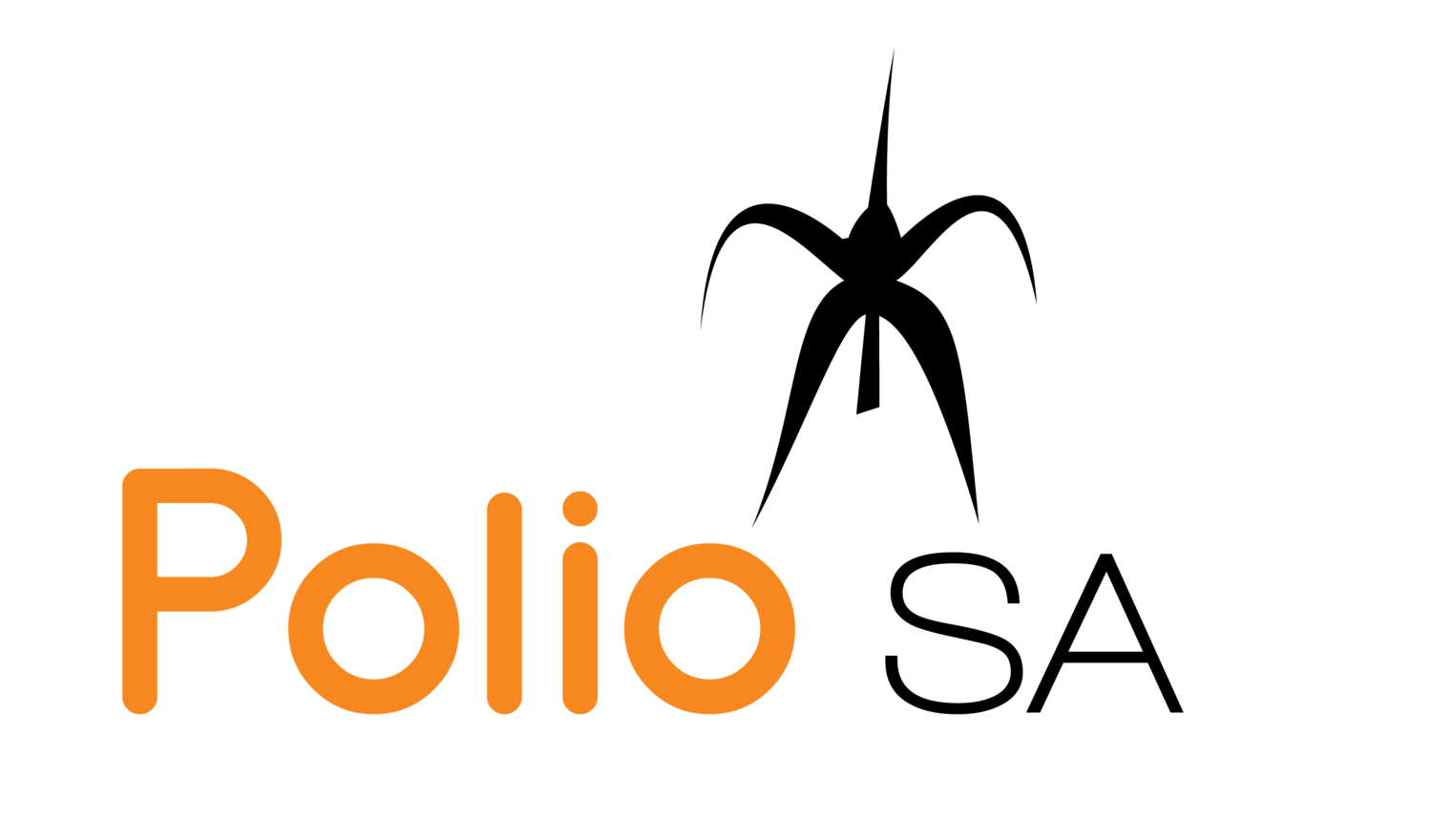I was born in Ghana, West Africa in 1955, where at just one year old I contracted poliomyelitis.
While I can recall some childhood memories of leg stretches and massages, my main recollection of treatment for my polio was an operation I had on my leg aimed at lengthening my Achilles tendon and straightening my foot. The polio had left the tendons in my leg shorter, bringing my heel up, and causing me to walk on the ball of my foot.
In 1980, I migrated to Australia settling in Adelaide, where I married, had a family, and worked in records management at Glenside Hospital and the South Australian Ambulance Service. Soon after arriving in Australia, I was fortunate to have a second operation on my leg, as the first one I underwent as a child in Ghana had been done prematurely – before I had finished growing. By having my foot and ankle reconstructed, my heel was again in the correct position and I could walk without limping. Unfortunately, this progress was undone after a fall at a work conference, where I tripped and landed on my foot. Four months with my leg in plaster resulted in significant weakening my muscles. I now walk with a limp, and with the assistance of a walking stick for long distances.
As I’ve grown older the late effects of polio (LEoP) have begun to appear. Since the age of 58, I have experienced symptoms on my affected side, including weakness in my right leg, joint pain, issues with my right eye and shoulder, periodic falling, and even choking. I also take medication to help with pain in my left hip – as this is my ‘good’ hip which is overused and becomes painful. My polio is exacerbated by polymyalgia, diagnosed about four years ago. This increases joint pains and general lethargy.
Polio SA has been a support to me. Through Polio SA membership I was able to access hydrotherapy lunchtime group sessions at Thebarton Swimming Centre, prior to its relocation to Noarlunga. The exercises in the water, led by therapists, helped a lot through strengthening and stretching my muscles. I also find the tips in the newsletter very helpful.
I feel there is little understanding and recognition to date of the Late Effects of Polio by the wider community. I know that there are other African migrants in Adelaide who are living with the Late Effects of Polio. I’m trying to organise a meet-up so that we can share our stories and information, and encourage them to join Polio SA, to work out how we can access better support for our condition.
In African culture, discussion of any type of disability can be a bit of a taboo, even to the extent that some people have the mentality that those with any form of disability are below others. In contrast, I was brought up in a family where everyone is equal, all treated the same. Dad was a surgeon, Mum was a midwife, so they knew more about what to do to help me. I was encouraged – ‘you have two legs, two arms, you can do anything you want to, and are capable of achieving anything you set your mind to’. So, I’m attempting to reach out to other African polio survivors here in Adelaide to share information. I’m slowly getting through to the various groups, and I’m not giving up.
I feel that the medical profession needs to be educated more fully on how to help patients experiencing the Late Effects of Polio. Currently, many medical professionals are younger people, who might not have had much experience in polio patients. For example, general anaesthetic needs to be administered very carefully to people who have had polio; such patients can have adverse reactions.
Governments need to better fund support for polio survivors through organisations like Polio SA, and raise the profile of our needs. People see us in the community and know that we have a disability, but they don’t know what it’s about.
Polio SA has been helpful, and I would love the community to be more aware of the work it does. Having services like hydrotherapy offered more centrally would help more polio survivors. A discount on aids, like walking sticks and other mobility devices would be valuable.
In addition, vaccination against polio is vital, so younger generations aren’t affected. We need to be vigilant and proactive to make sure people are vaccinated to fully eradicate polio across the world.
While the Late Effects of Polio can be difficult to manage sometimes, my advice to other polio survivors in our community experiencing these symptoms in later life is: eat healthily, watch your weight, take low-impact exercise, and seek support from Polio SA. I’ve also had success with eating an alkaline diet and drinking alkaline water. Networking with other polio survivors is so valuable too, allowing us to share our experiences and knowledge to help each other.

